The free-radical theory of aging, initially introduced by Dr. Rebecca Gerschman and subsequently developed by Dr. Denham Harman, has it that volatile and destructive intracellular biochemical interactions could be attributed to the presence of molecules in which the electrical charge is not balanced. Free radicals most notably cause oxidation, a process that attacks the integrity of cells in the body. A number of studies have suggested an interventionist role for antioxidant compounds in counteracting free-radical damage. Subramanian Kaviarasan, from India’s University Annamalai, and colleagues found that polyphenols—a type of antioxidant—present in green tea, possess a high capacity for scavenging hydroxyl radicals, noting that the antioxidant “possesses protective action against peroxide-induced mitochondrial damage, radiation-induced DNA damage and [has] high redox potential.”
Kaviarasan, S., et al. (2010). Potential radical scavenging ability of sunphenon: a green tea extract. Journal of Food Biochemistry. In press.
Circumin Relieves Joint Pain
Osteoarthritis is a leading cause of work disability among older men, and the condition is often associated with a variety of long-term health problems. While pharmaceutical solutions—most notably nonsteroidal anti-inflammatory drugs, or NSAIDs—help alleviate the pain of osteoarthritis, they’re also linked to gastrointestinal toxicity, increased blood pressure and increased risk of cardiovascular disease. Gianni Belcaro, from Chieti-Pescara University in Italy, led a research team that compared the effects of a mixture containing 20 percent natural curcuminoids, 40 percent soy phosphatidylcholine and 40 percent microcrystalline cellulose to an NSAID.
Subjects in the active group received 1,000 milligrams of the curcumin mixture a day, providing a curcumin dose of 200 milligrams. After eight months scores on a standardized osteoarthritis assessment decreased by 9.3 points among those receiving the curcumin mixture, while no change was observed in the control group. Scores for stiffness decreased from 7.4 to 3.2 in the curcumin-supplemented group, with no significant changes in the control group. Writing that the data “evaluate the clinical efficacy and safety of curcumin as an anti-inflammatory agent,” the team concludes that “significant improvements of both the clinical and biochemical end points were observed…coupled with an excellent tolerability. [This] suggests that [a curcumin-phosphatidylcholine mixture] is worth considering for the long-term complementary management of osteoarthritis.”
Belcaro, G., et al. (2010). Efficacy and safety of Meriva, a curcumin-phosphatidylcholine complex, during extended administration in osteoarthritis patients. Alt Med Rev. 15(4):337-44.
Exercise Helps Lower Risk of Death From Prostate Cancer
Prostate cancer is the most frequently diagnosed form of cancer among men, and more than 2 million men in the United States, and 16 million worldwide, are prostate cancer survivors. Researchers from the Harvard School of Public Health and the University of California, San Francisco, studied 2,705 men diagnosed with prostate cancer in the 18-year Health Professionals Follow-Up Study, tracking the participants’ average time per week spent engaged in physical activity, including walking, running, bicycling, swimming and other sports and outdoor work. While the team found that both nonvigorous and vigorous activity were beneficial for overall survival, those who walked 90 or more minutes per week at a normal to very brisk pace had a 46 percent lower risk of dying from any cause than men who walked less than 90 minutes per week at an easy pace. Moreover, only vigorous activity—defined as more than three hours per week—was associated with reduced prostate cancer mortality.
Men who engaged in vigorous activity had a 61 percent lower risk of prostate cancer–specific death than men who did less than one hour per week of vigorous activity. As the study reports, “In men with [prostate cancer], physical activity was associated with lower overall mortality and [prostate cancer] mortality. A modest amount of vigorous activity such as biking, tennis, jogging or swimming for more than three hours a week may substantially improve [prostate cancer] survival.”
Kenfield, S.A., et al. (2011). Physical activity and survival after prostate cancer diagnosis in the Health Professionals Follow-Up Study. J Clinical Oncology. In press.
—Dr. Bob Goldman
www.WorldHealth.net
Editor’s note: For the latest information and research on health and aging, subscribe to the American Academy of Anti-Aging Medicine e-zine free at WorldHealth.net.












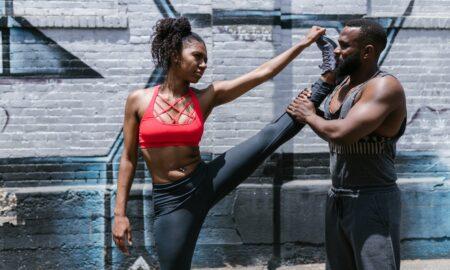
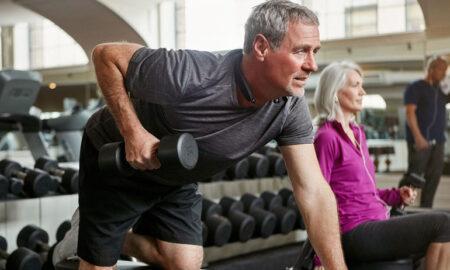
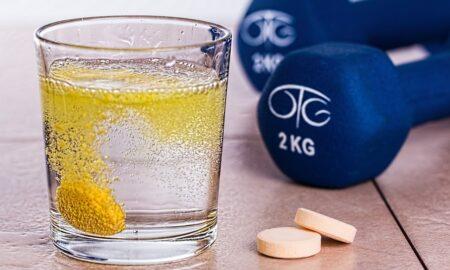

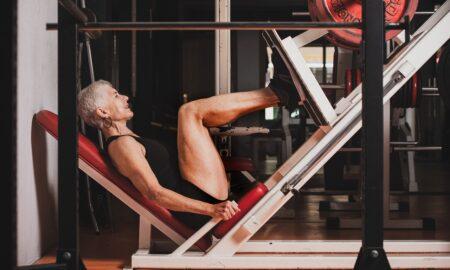
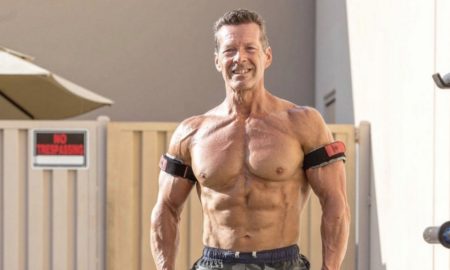

You must be logged in to post a comment Login